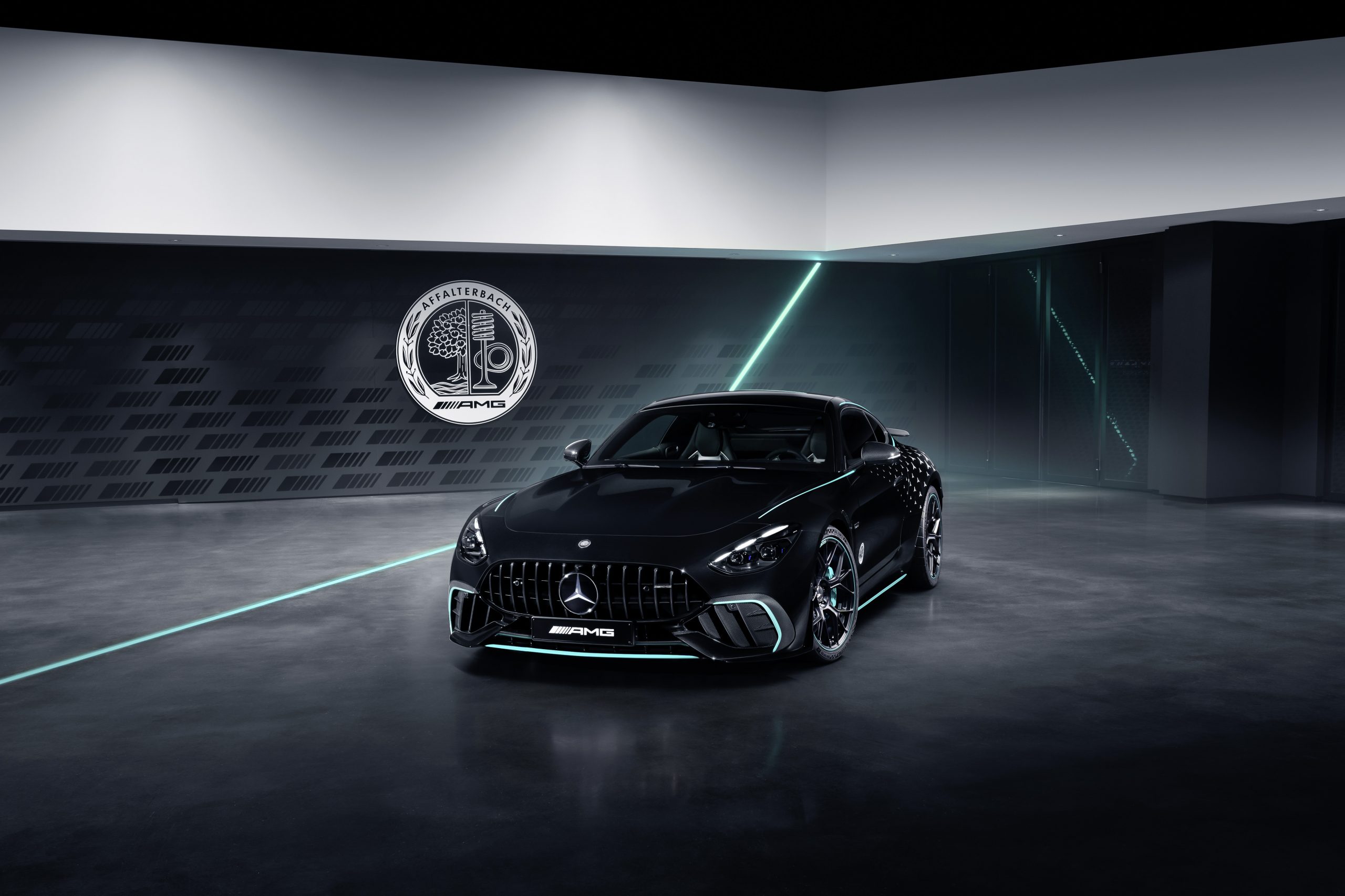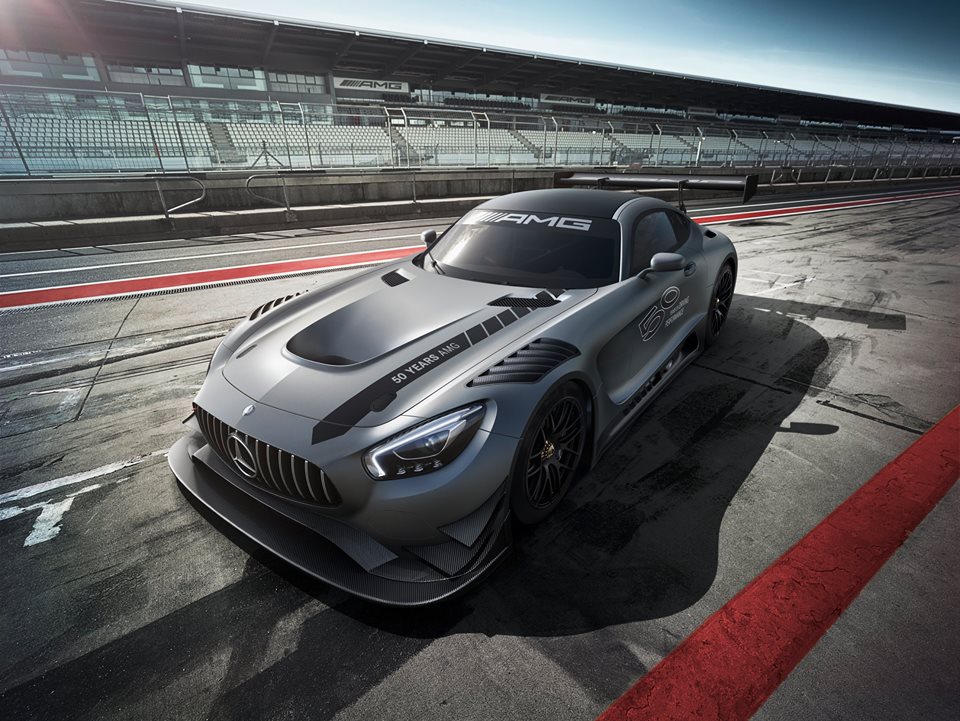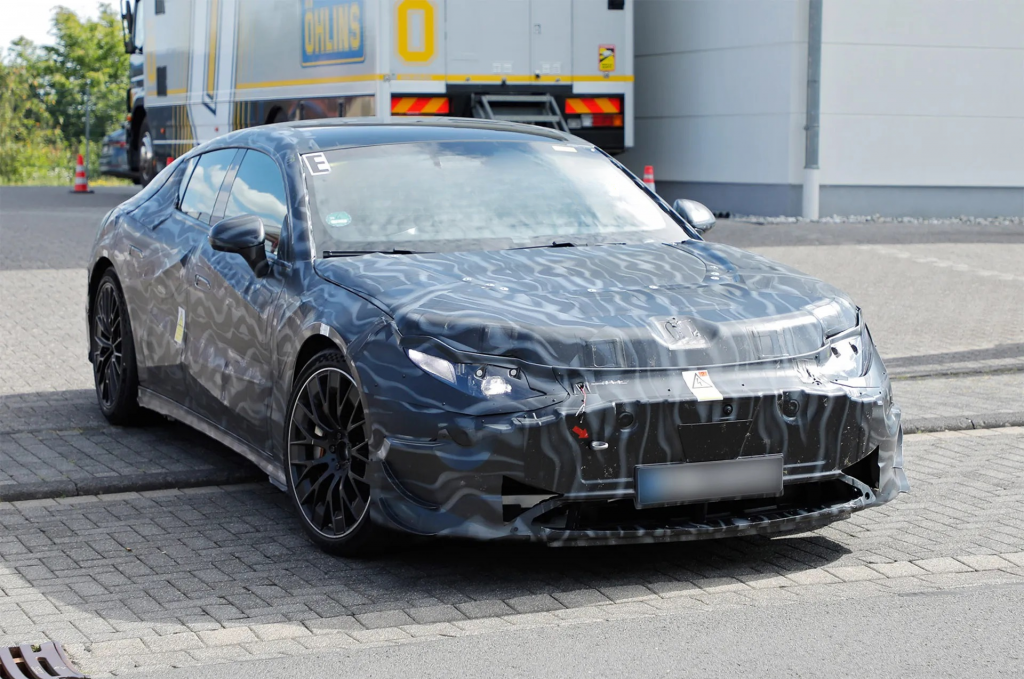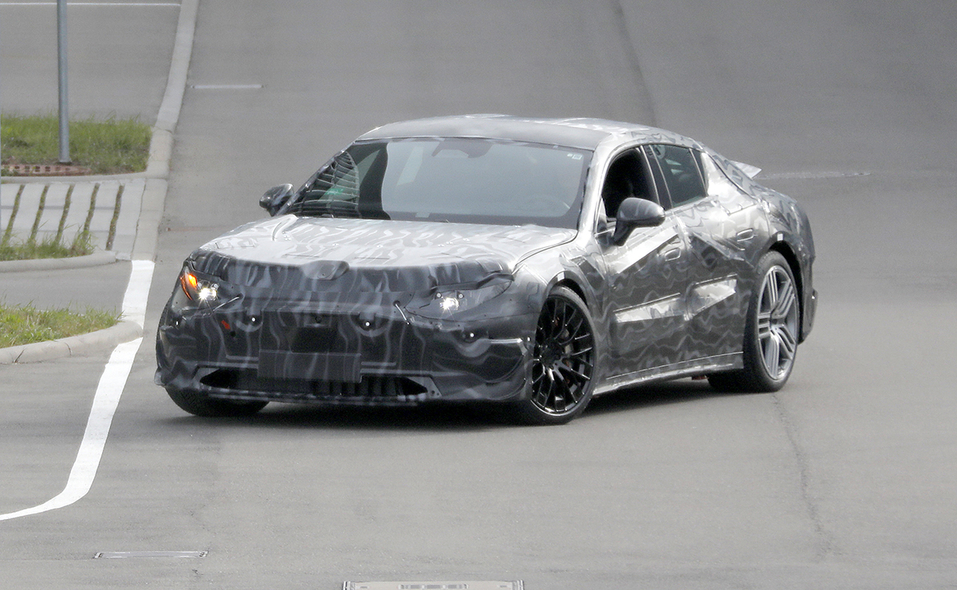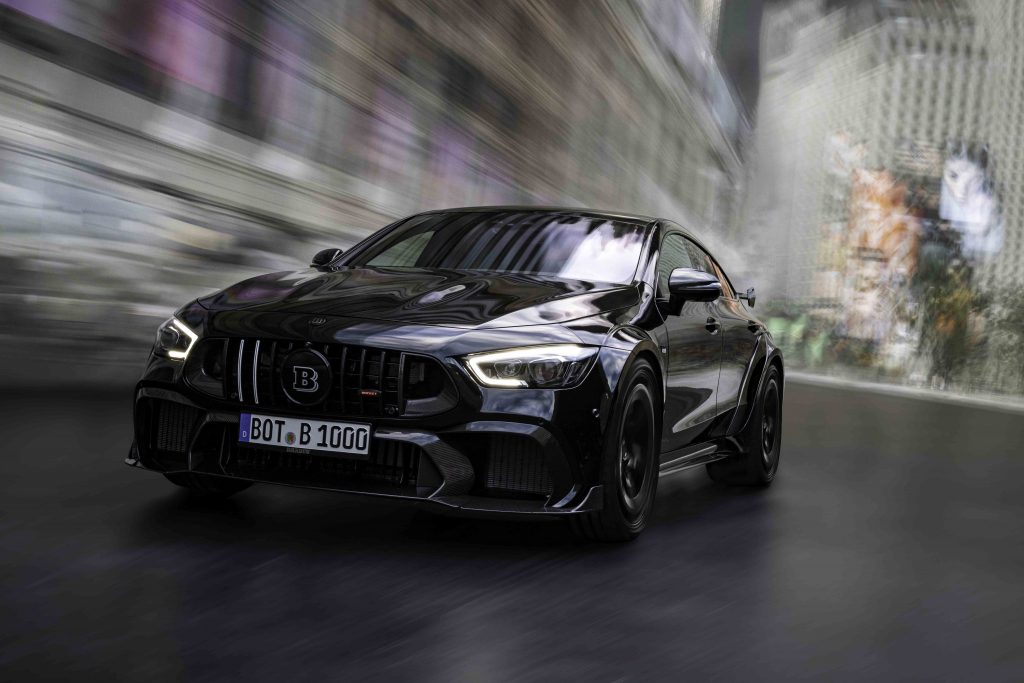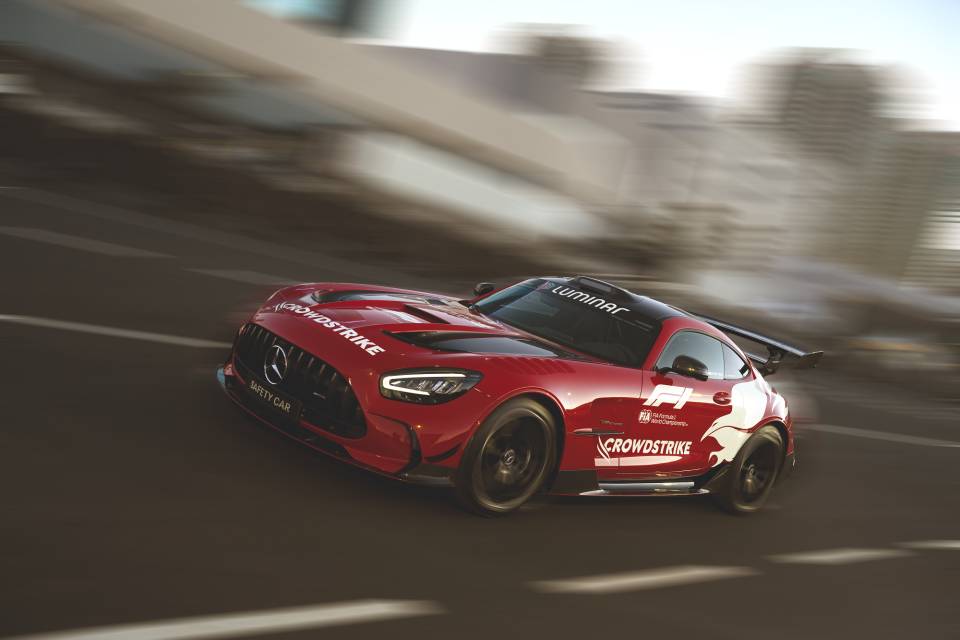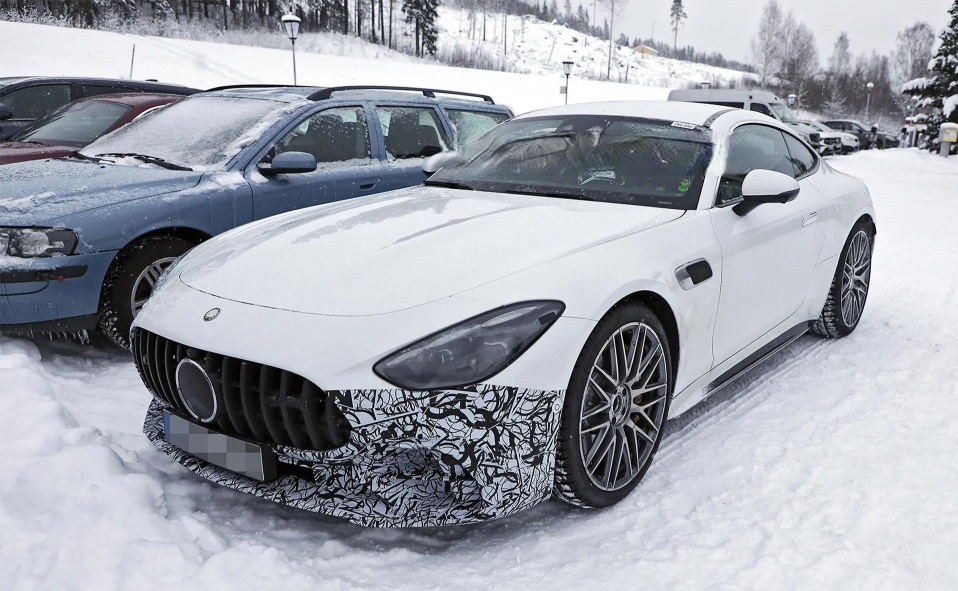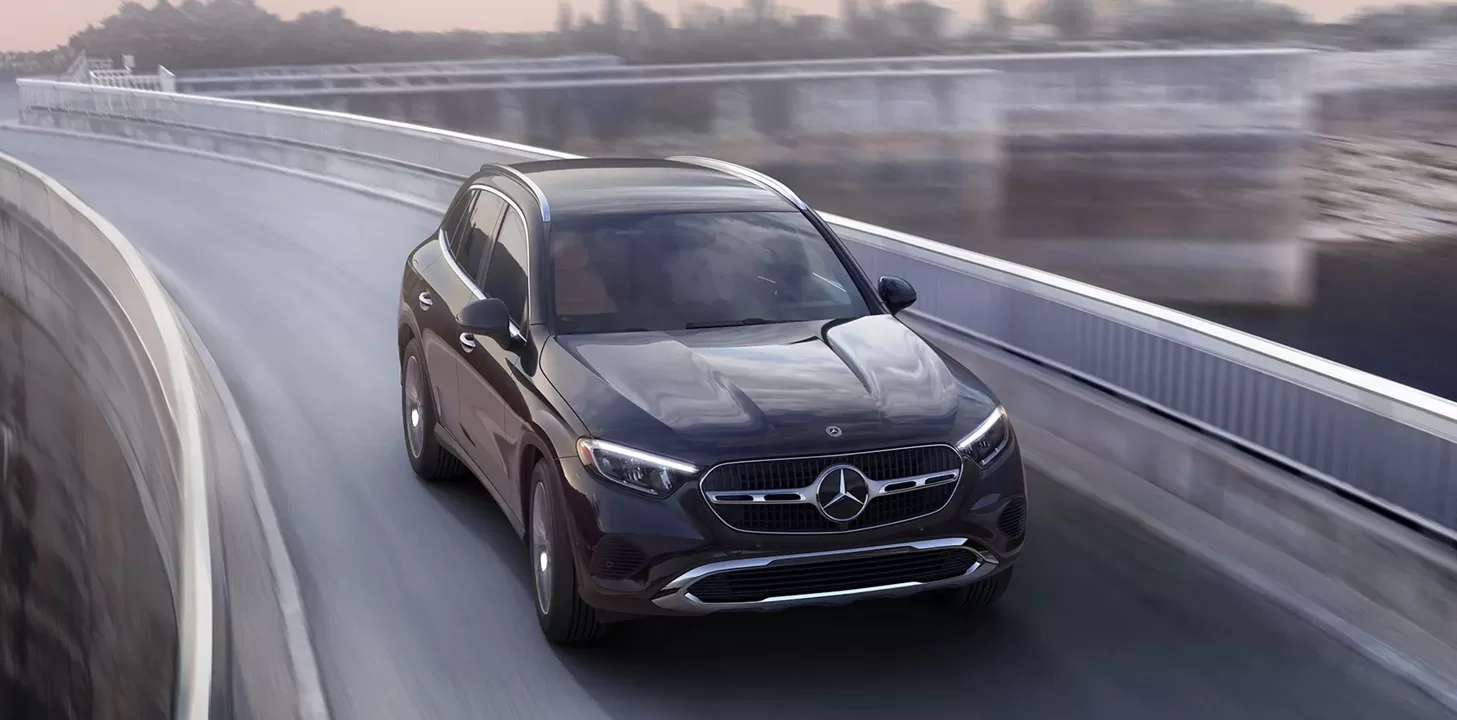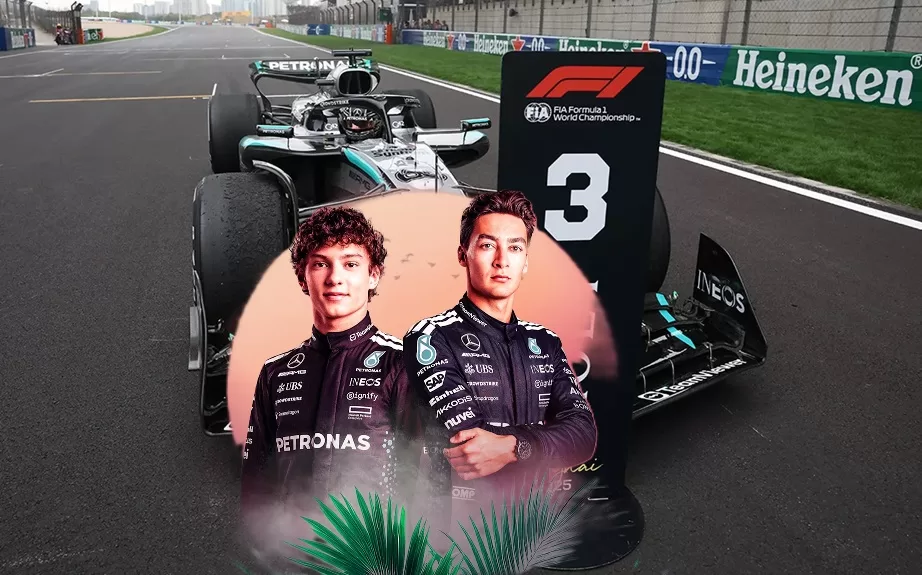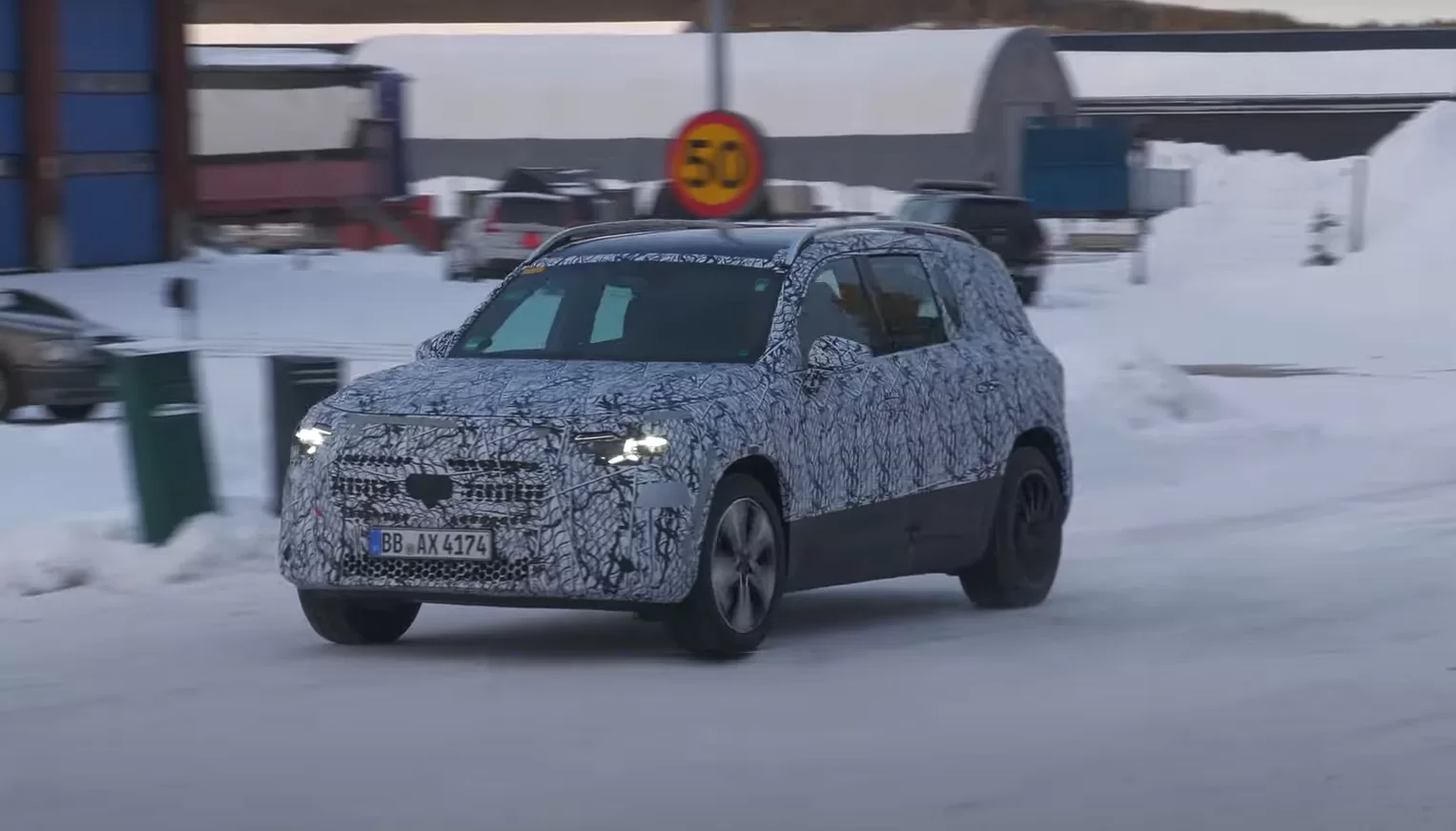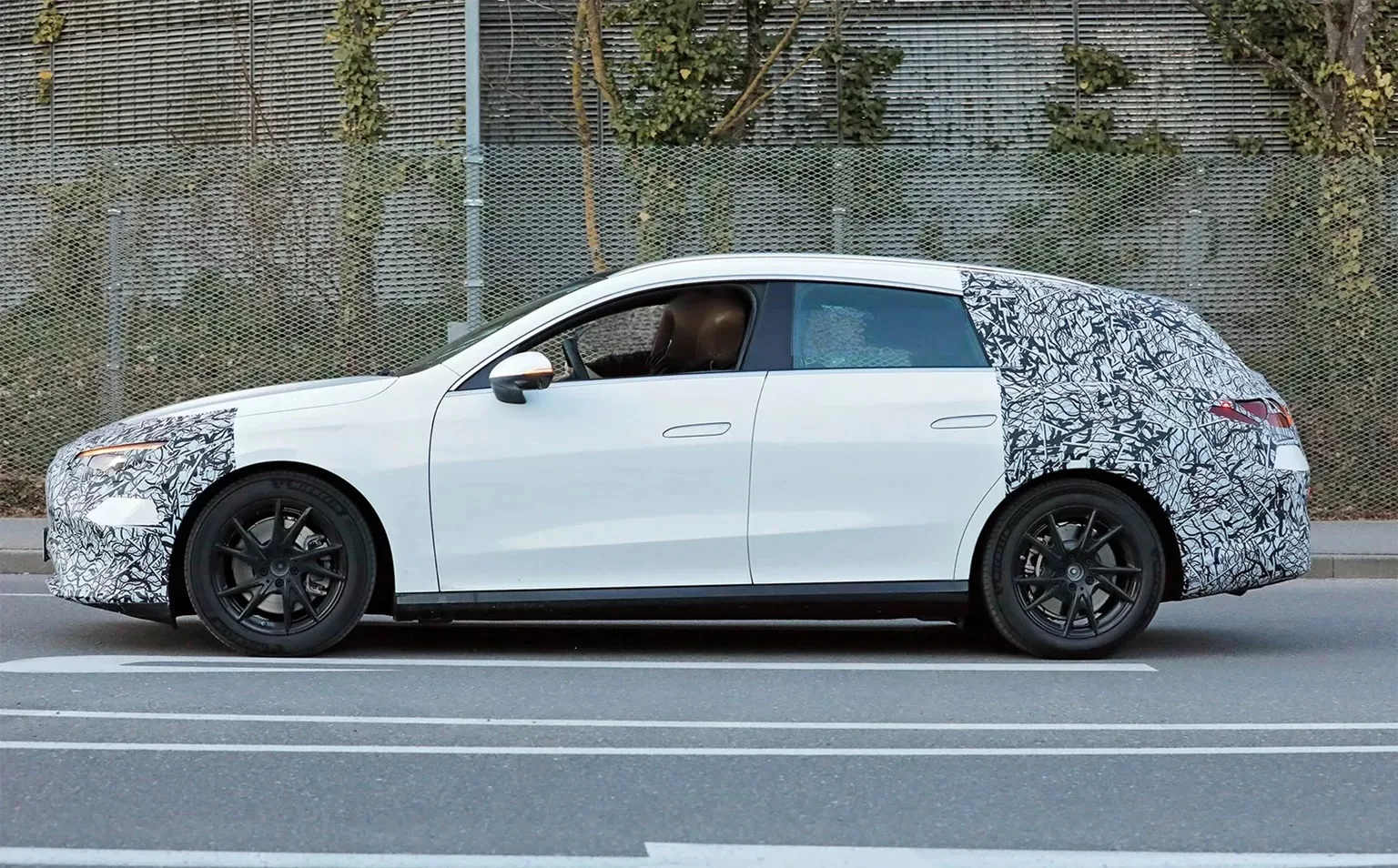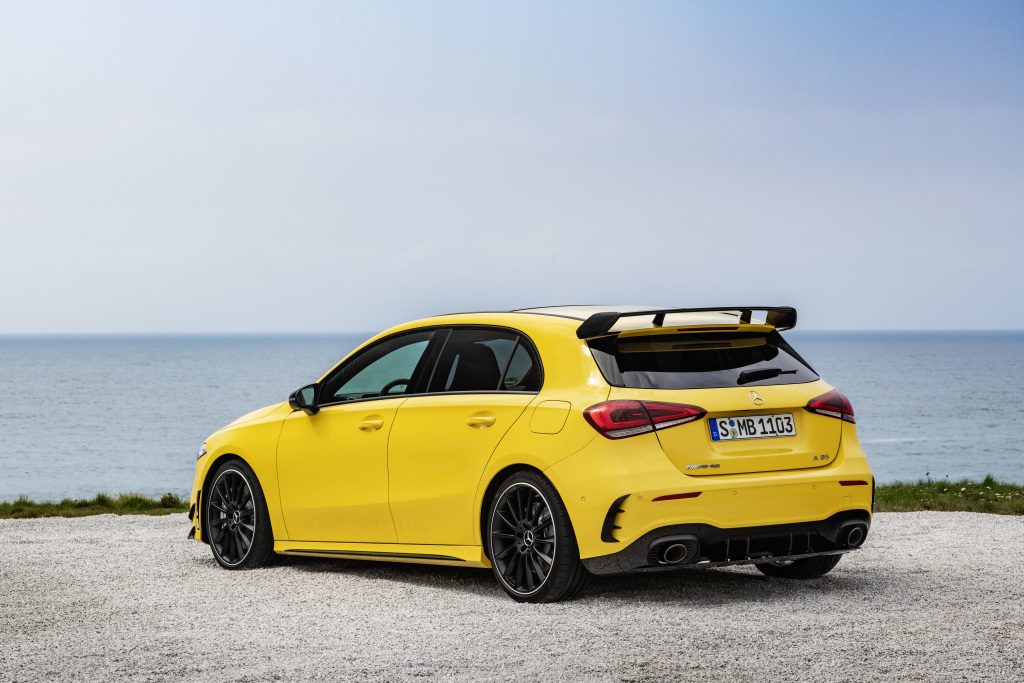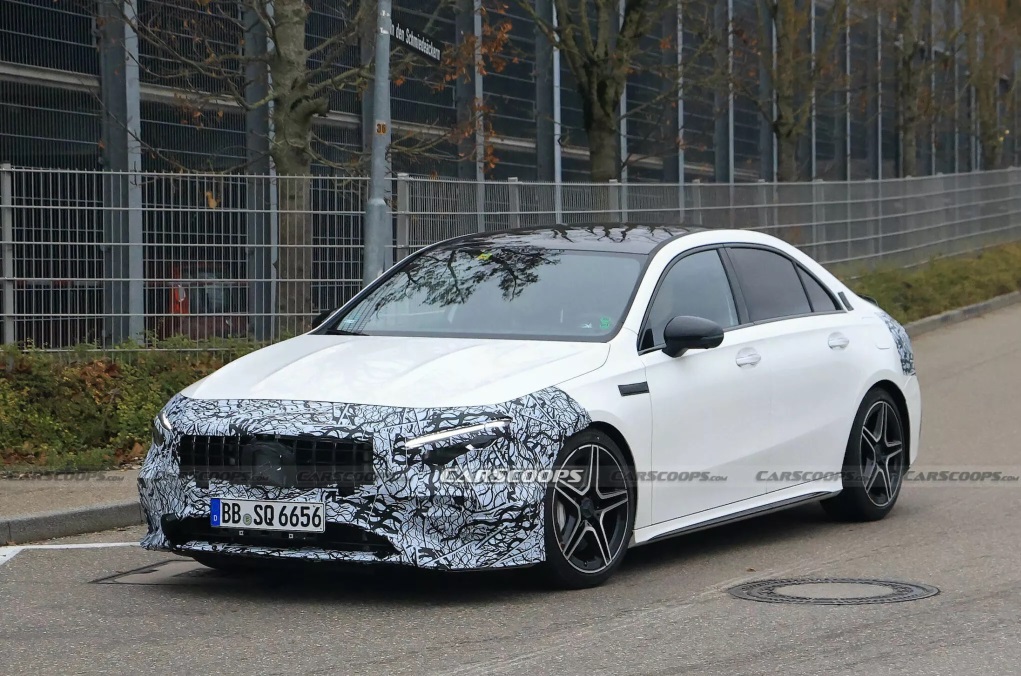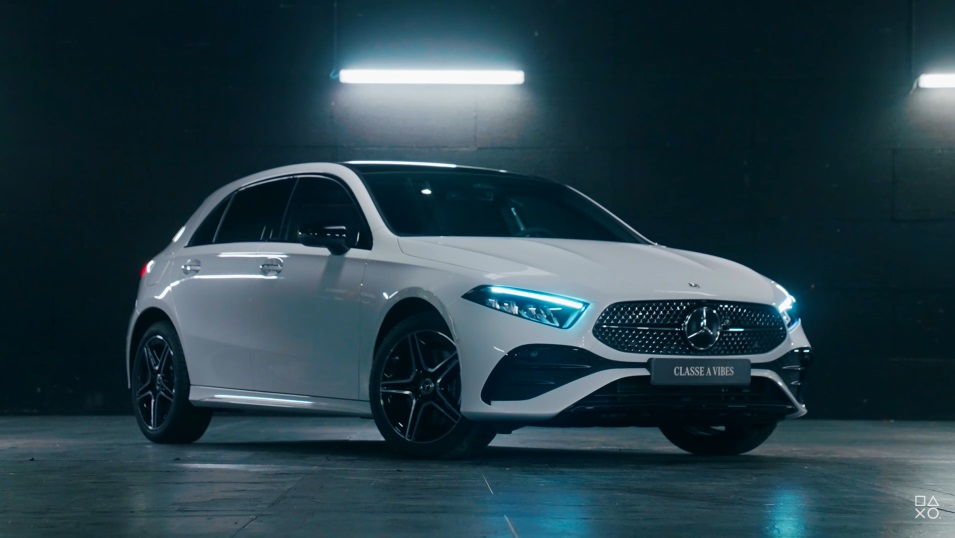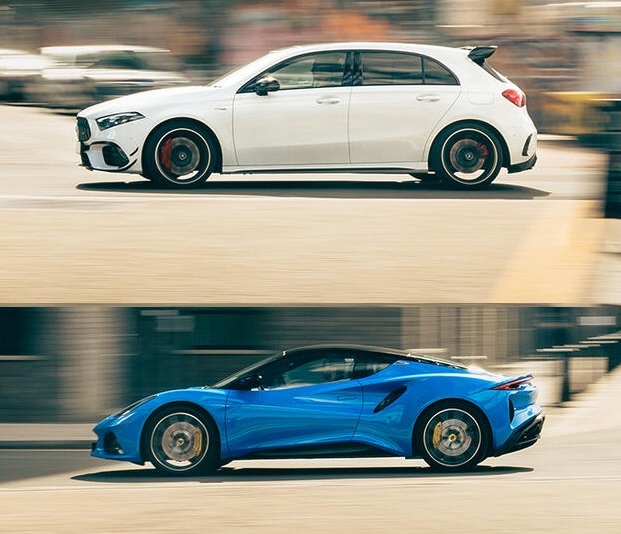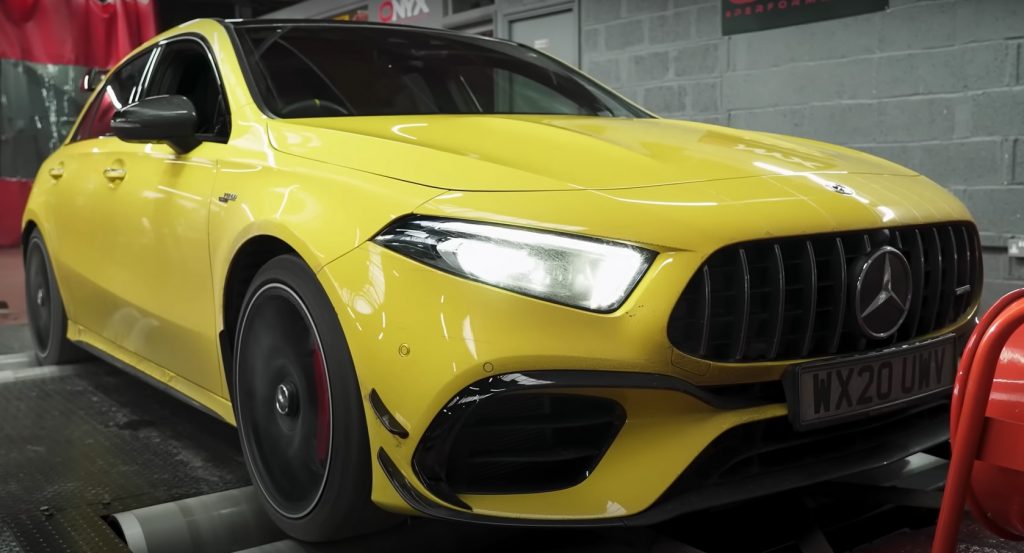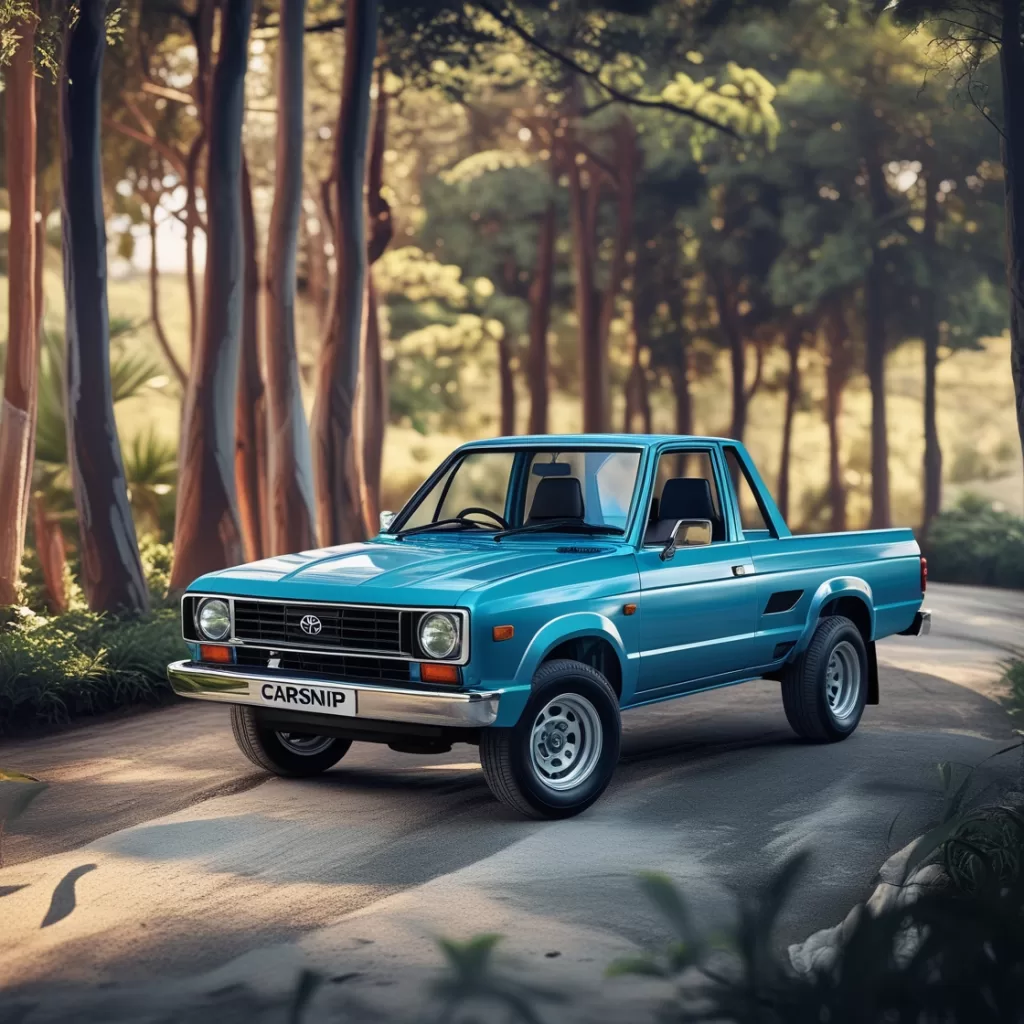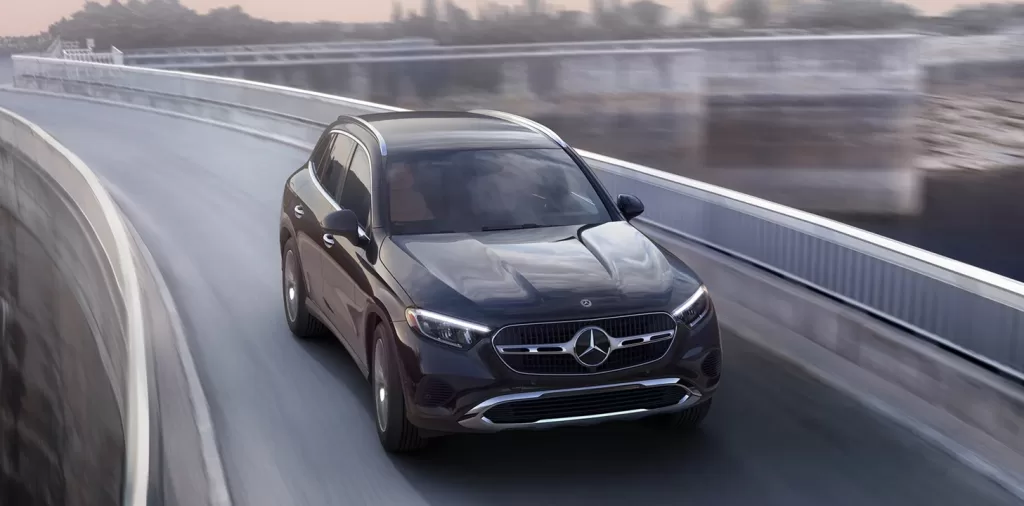
Compliance with the new US EPA 2010 emissions standards using BlueTec SCR-technology is among the big issues facing the US transport industry at this year’s Mid-America Trucking Show.
BlueTec SCR-technology in the diesel engines, manufactured by Detroit Diesel, is setting another future-proof milestone in the history of the diesel engine. SCR-technology combines economic and environmental benefits in a unique way. This environmentally friendly technology is now poised to break into the USA, following its successful, reliable deployment in hundreds of thousands of applications, over various decades in power stations and half a decade in diesel engine manufacture in the European and Asian commercial vehicle industry, among them more than 200 000 Mercedes-Benz BlueTec-Trucks. BlueTec SCR-technology will be available in Detroit Diesel engines in the US Freightliner and Western Star trucks.
BlueTec SCR-technology will reduce fuel consumption for class 8 trucks (comparable with heavy-duty trucks in the 40-tonne class in Europe) by around five percent. The 200,000-plus Daimler AG trucks in Europe have saved their customers almost half a million dollars in fuel costs, and reduced NOx emissions to virtually zero. The technology has reduced dependence on oil imports, while the global environment has been spared more than 840,000 tonnes of CO2. The huge distances covered by coast-to-coast, long-distance haulage in the US mean millions of litres of diesel fuel will be saved in no time at all, enabling the US transport industry to reduce fuel costs and, in turn, CO2 emissions.
BlueTec SCR from Detroit Diesel meets the challenge of EPA 2010
From 1 January 2010the stringent EPA 2010 emissions standards will come into force in the USA. BlueTec SCR, in combination with other technologies, is the only process that can meet the limits of 0.20 NOx (grams per hp-hour). Essentially, the new BlueTec diesel technology from Detroit Diesel is based on highly efficient DD 13 and DD 15-series engines, plus, making its debut at the MATS, the DD 16-series engine, coupled with exhaust gas aftertreatment based on Selective Catalytic Reduction (SCR) technology. The basic principle of SCRconsists of converting unwanted nitrogen oxide into non-toxic nitrogen and water vapour in a catalytic converter using ammonia as a reducing agent. The commercial vehicle uses a non-toxic, odourless aqueous urea solution. Known in Europeunder the name AdBlue, its counterpart in the USA, AUS-32, goes by the name of Diesel Exhaust Fluid, DEF for short. The electronic engine control unit delivers carefully metered quantities of DEF, which is stored in a separate tank, into the hot exhaust gases where it is hydrolysed into ammonia. The AdBlue or DEF infrastructure in public filling stations will be rolled out rapidly in the US, as happened previously in Europe. The American Petroleum Institute (API) will be responsible for monitoring DEF quality.
At MATS 2009, an important barometer of the UStrucking industry, a Freightliner Cascadia with Detroit Diesel Motor DD 15 in a BlueTec SCRversion will be shown for the first time to the trade public. As in Europe, most truck manufacturers in the USAhave opted for the SCRexhaust treatment system to meet new emissions limits. Together with the existing use of EGRat Detroit Diesel and the extensive SCRexperience built up by Mercedes-Benz, Daimler AG’s Commercial Vehicles business unit has a full range of options to meet future emissions standards such as EPA 2010 in the USA, as well as new, similar standards in Asiaand Europe.


